Our featured borrower in this Fix And Flip Investor Spotlight Interview is Jenee Anderson.
Jenee is a repeat ABL borrower with a background in sales and design as well as a degree in Business Management and Fashion Merchandising. Jenee is the owner of her own fix and flip business and restores distressed homes in Plainfield, New Jersey.
In this interview, she provides insights into her own real estate investment strategy, tips for new flippers, and stories about her past flips. Read the condensed transcript below and listen to the extended interview to hear all that Jenee has to share (full audio at the bottom).
Can you tell me a little about your background and what you did before you started investing in real estate?
I worked in the fashion industry for 18 years in New York City and New Jersey. The last twelve years, I was with a company called BeeBee. They closed last year, but I was their district manager for the state of New Jersey.
So when BeeBee closed, why did you start investing?
I always was passionate about design and decorated homes… I have this obsession with HGTV, I’ve been watching it for over 20 years. I still love Christina and Tarek, although they’re divorced… And Chip and Jojo – she really rocks the farmhouse style.
A lot of people watch those shows and never start investing – what was it that actually inspired you to actually get started?
Well, I wanted to have a change and be my own boss and start my own business. I think I’ve always had a gift for design, been able to walk into a house and say let’s knock this wall down, let’s do this, let’s do that, so I just wanted to follow my passion.
Can you tell me about your first investment project?
I was working as the district manager and I had 13 stores, 300 employees; it was really crazy. The purchase price was $120k and I ended up putting about $140k into it and sold it for $390k. The house was about 3,000 square feet. When I first walked in, I was like, this is a disaster – dog urine was all over the place. It was three bedrooms, one bathroom, a half bath. I turned it into five bedrooms, I utilized the unused attic space. I opened every single wall and just made it huge. It was built in the 1950s so I wanted to keep the character and the charm and I just really added what the trends and the modern designs were. I think that’s why it sold so quickly and it sold for so much.
What do you think you learned from that project?
Back then, I didn’t know a lot about construction – I mean, I never lifted a sledgehammer, let’s be honest – and I will probably never do the work but at least I know what the contractor should be doing.
What advice do you have for investors who might have trouble staying on top of the construction?
Make sure that you have a detailed scope of work when you start so you can stay on deadlines. In your draw schedules, have dates. Although things come up, try to stick as close to the dates as you can. Get a few bids from different contractors, do your walk-through. Be professional and be polite, but firm, and make sure [your contractors] are on top of the deadline.
[bctt tweet=”Be professional and be polite, but firm, and make sure contractors are on top of the deadline.” username=”ablending”]
Do you have another notable project that was really challenging or successful?
Well, my last project – I wouldn’t say [it was] challenging, I think that the project overall was very smooth, but sometimes you can’t control things. You can’t control the city and you can’t control the buyers; they get emotional, they have the house under contract, then they get cold feet. Always think in the back of your mind it may take longer when you’re dealing with a planning board or even buyers who are really emotional or unsure. That project went almost four months over but I was still able to make six figures profit – quite a bit of money – because I stuck to the design plan and I got the house at a cheaper cost.
So clearly you’re very good at coping with these unexpected things and staying on budget; do you think that has to do with your background in business or more with just the way you approach things?
Absolutely! I think it’s my background because I’ve been with corporate America forever – 18 years. I had 13 stores and I had 30 managers right under me, and $60 million in volume, annually. I don’t really get frazzled when things don’t go according to plan; I just come up with solutions. One example I can tell you, something simple: if we’re over budget and we were going to tile the whole shower, instead of tiling the whole shower in mosaic tile, maybe we just do a band and then we save money. It’s okay to adjust and change orders, but you just have to be calm and work together with your contractor, communicate and come up with solutions.
Could you tell me a little bit about your project on Myrtle Ave?
I purchased that one for $107k and the rehab was about $115k. We’re under contract for $350k and we close in two weeks; I can’t wait, I’m going to do cartwheels when we close. But it was an older home, built in 1921, so it has a lot of character. When I purchased it, it was really dark with wood paneling, super dirty, choppy floor plan, bathroom in the kitchen which is so old school – basically, we had to fix everything.
I always put farmhouse sinks in kitchens even though it’s not required. It’s a little bit more money, but this makes the buyers go ‘Oh my God, a barn door, a farmhouse sink, stacked stone…’ They get emotionally attached and connected to the house, I think, when you add these sizzle features. We just made it bright [with] white kitchens – it’s a huge trend, with the stainless steel appliances and the granite, cork countertops. Lately, we’re going with a lot of gray and white versus a few years ago where they went with a lot of natural and beige tones. It’s really airy now, it has a nice flow; it’s a beautiful home.
I see that your appraisal initially was $305k and you said it sold for $350k?
Yes, yes, yes!
Do you have any idea what made it sell for so much more than you expected?
I always tell everyone, I think it’s the design. I follow the trend of what I know the mass buyers like and want; I think that’s what really drives the price up.
Jenee’s project before
Jenee’s project after
What suggestions do you have that make a home stand out?
I do keep it subtle as far as the colors – they’re just pale grays or shades of white. Keep the floors original, if you can, and just stain them. Watch these shows on HGTV, go to other open houses and see what’s in the area. In this particular area, a lot of the houses – they’re more antique looking, they’re more farmhouse style. So instead of me doing the same exact antique, farmhouse look as all the other houses that we go to, I make it a little bit modern. The inventory is scarce for the modernized houses a lot of people want, so when they see it they want to get it right away. So I just say, keep it neutral, add some sizzle features, don’t go overboard, always stay within your budget. I used to shop in Lowe’s, I used to shop in Home Depot… I’m in love with this store Floors and Decor now. I also shop on Amazon. If your budget for the vanity is $500, you can get another vanity for $500 that may be a different gray tone or a different look than that same vanity that’s at Home Depot and Lowe’s. The buyers are going to all these houses and they’re looking at all the same design, the same vanities. So get something a little bit unique, but still subtle, that’s going to appeal to the masses.
Can you tell me a little bit about the project that you’re currently working on?
It’s a smaller home, about 1600 square feet. But it’s charming, it’s on a really nice, quiet street. What I like about this block, it’s next to the train station. A lot of the buyers in this area are coming from New York City. The location, for me, is what really drew me to this particular house. I’m going to open up the whole entire first floor to make it light, bright, airy, and I’m going to utilize the unused attic space to add another bedroom. It’s a cute, charming house in a really good location, so I think it’d be great for a first time home buyer.
You mentioned on your first project, you used the attic space, and on this one you did, too. Is that something you frequently do?
Yes, I try to use every single inch of the house that I can and make it into some type of living space. For example, on the last project, the maid stairs used to go down into the kitchen so the maids could only go access it that way. I just took them out, I removed them, and I made a huge pantry. Everywhere that you see that you can make extra space, you make it. It’s a shame that we have attics that are 200-300 square feet and they’re not being utilized. I do the same thing with the basement. I try to finish them if I can, frame out a utility room so all the utilities are in one area so that everything else is open.
Can you tell me a little about what your investment strategy would be and how has it changed since you started?
Right now, I’m flipping. For me, it’s really rewarding because you help the neighbors, you help the community, you bring new families in. So I think I’m always going to flip, as long as I can, but it does take a lot of time and energy. The ultimate goal is rental income so you can travel and do whatever you want to while your house is making money for you. So my strategy is to flip three, buy one, flip three, buy one, and I want to buy typically four families and higher. For now, flipping generates pretty good income but every time I flip, I put the money away to buy a rental property.
Do you usually have multiple projects going on simultaneously or will you complete the work on one and then start another?
I’m starting to do it simultaneously. At first, I did not because I was just really learning it, and as soon as I closed on one I would pick up another one. But now, I feel like I really understand it, I have the skill set, a system, so I’m going to be working on multiple at the same time – probably two to three for now, until I create a team. I do need to hire more people so that I can work on maybe five or six at the same time, which is definitely in the cards.
What advice do you have for someone who is new to flipping?
A lot of people get into flipping because it’s so much money, but it is a huge job, it’s a lot of work. The money will come; you want to do it for the community. And my other advice, don’t give up. Anything you lose, you turn it into a lesson. If you really love it, if you love what you do, you’re going to be successful.

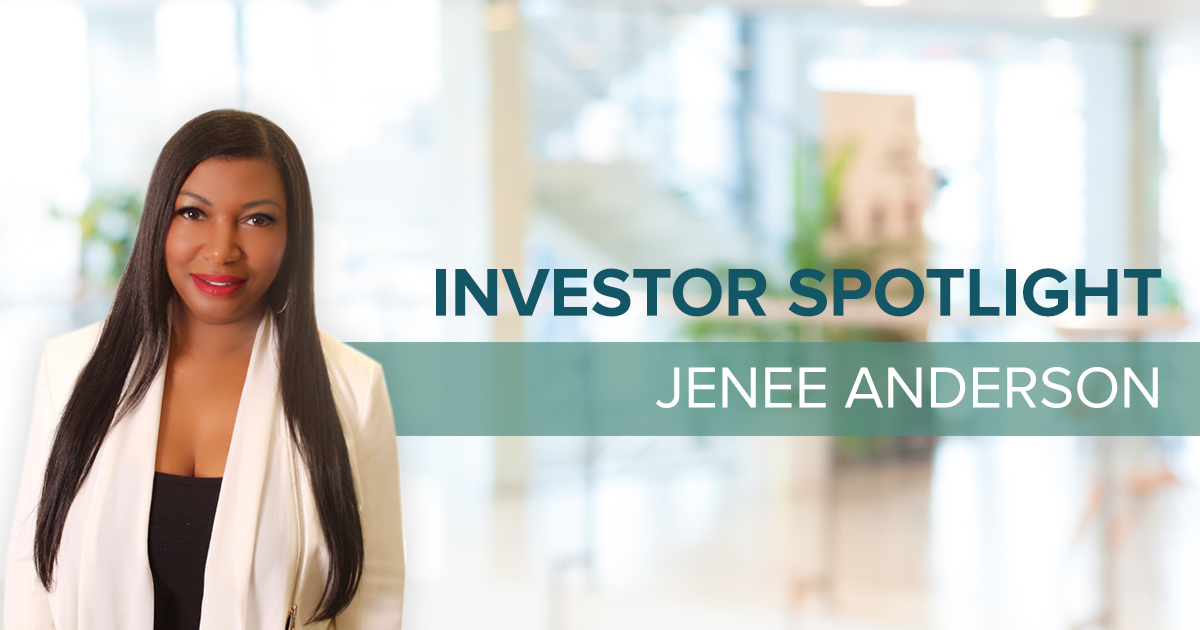


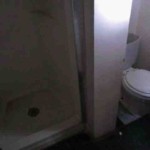
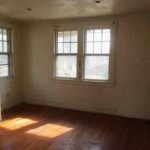
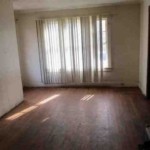

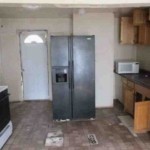
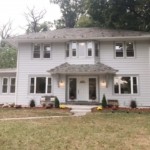
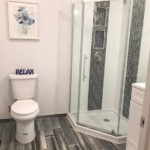
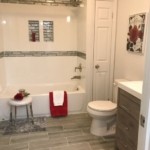
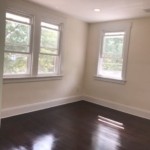
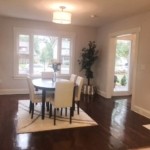

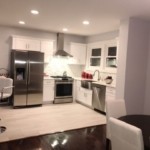
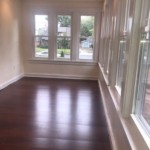





0 Comments